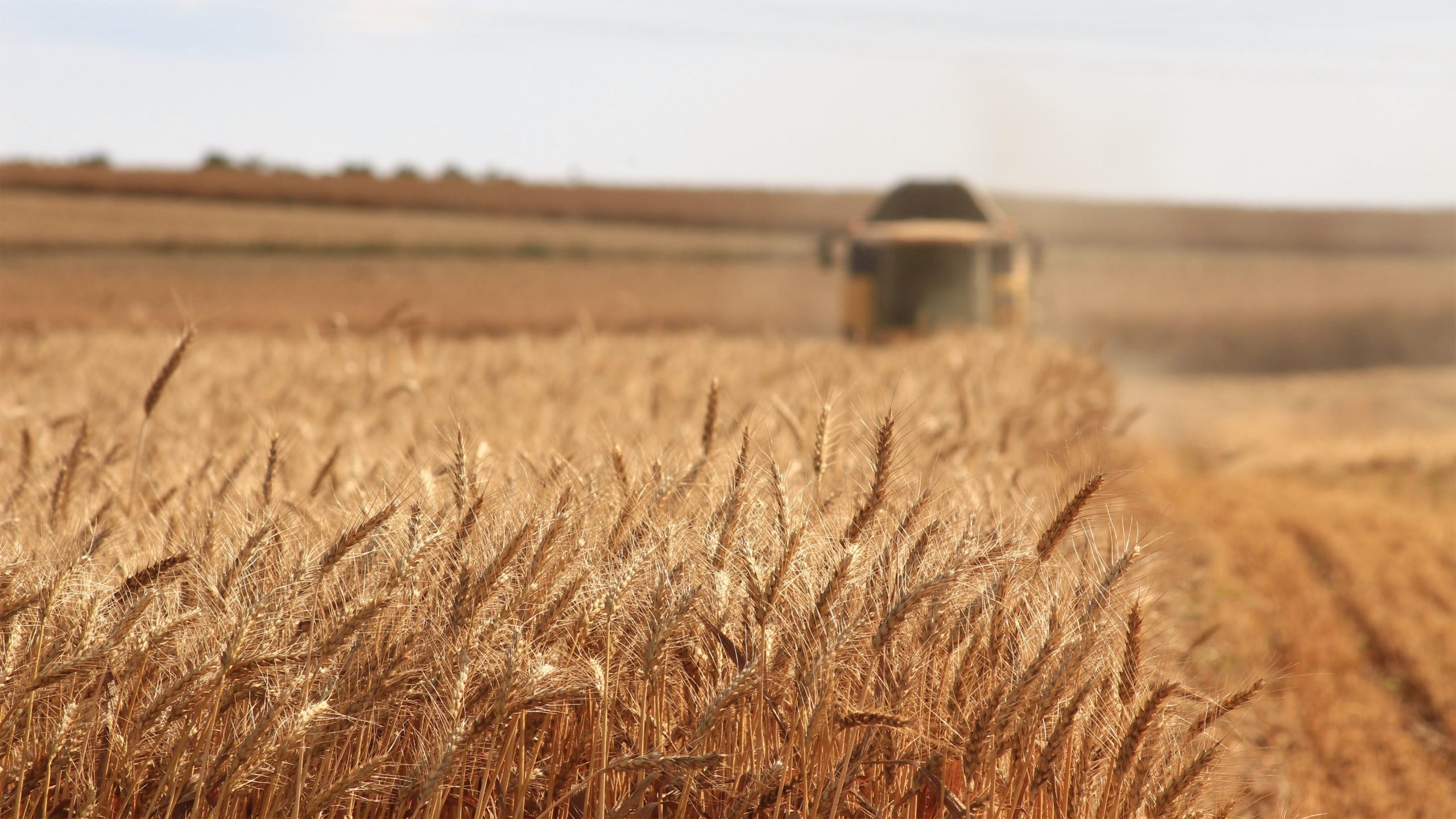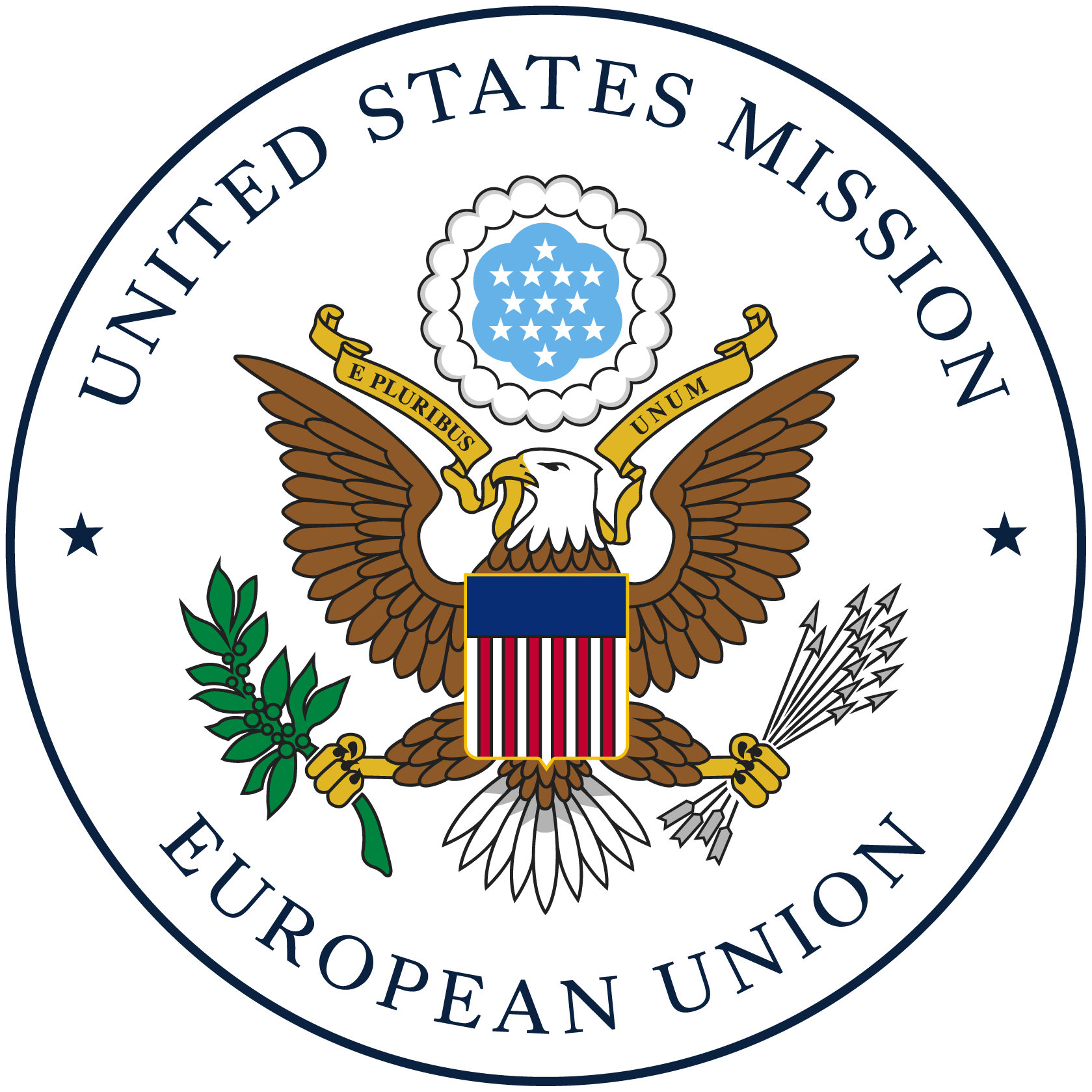Common Agricultural Policy
The Common Agricultural Policy (CAP) was proposed by the European Commission in 1960, three years after the signing of the Treaty of Rome, and adopted by the Council in 1962. The objectives of the CAP, set out in Article 39 of the Treaty of Rome, were:
- To increase agricultural productivity by promoting technical progress and ensuring the optimum use of the factors of production, in particular labor;
- To ensure a “fair standard of living” for farmers;
- To stabilize markets;
- To assure availability of supplies;
- To ensure reasonable prices for consumers.
The CAP initially addressed these objectives by moving towards self-sufficiency and food security through subsidizing of basic foodstuffs production.
By the 1980s, this policy led to institutionalized surpluses of the major farm commodities, some of which were exported with expensive subsidies, others were stored or disposed of within the EU at considerable cost. Therefore, the CAP became progressively unpopular with consumers and taxpayers. Recognizing this, the Council introduced budgetary guidelines that set a maximum ceiling for the CAP budget. A limit was set on quantities guaranteed to receive support and a new policy was developed to encourage rural and less favored areas.
In 1992, the “MacSharry reform” began the shift from support of agricultural production through prices to producer support through income. Direct payments were introduced in order to compensate farmers for the decrease of the price support. At the same time, the reform required farmers to set-aside a portion of their arable land as a supply side market management tool. The Agenda 2000 and 2003 CAP reforms deepened this strategy by encouraging farming decisions to be more influenced by market signals. The direct payments aim to guarantee farmers a reasonable income, and are often linked to compliance with broader objectives including standards on food safety, animal and plant health, animal welfare and the preservation of traditional rural landscapes. In January 2009, the Council adopted a mid-term review, commonly known as “The Health Check,” of the 2003 reform. The Health Check was the first part of the European Commission’s “one vision, two steps” approach to the CAP. The second step entailed a further examination to be implemented after the 2013 financial perspectives.
Current CAP for 2023-2027
A political agreement was finalized on the EU CAP 2023-2027 during the summer 2021.
The CAP legislative framework is delineated by the Common Market Organization, the Strategic Plan, and the Horizontal Regulations.
Key areas: The policy features of the CAP 2023-2027 are built around 9 key objectives that diverge little from the previous iteration of the CAP.
- Unchanged are the standard per farm direct payment and environmental incentives, previously “green measures” and now “eco-schemes” (at least 25% of the budget for direct payments), and other social provisions governing, for example, labor rights, EU labor standards and other employment guarantees for seasonal workers.
- At least 35% of the rural development funds will be allocated to measures to support climate, biodiversity, environment and animal welfare.
- Operational programs in fruit and vegetable sector will allocate at least 15% of their expenditure on environment.
- 40% of the CAP budget will have to be climate-relevant.
10% of the direct payments will be dedicated to redistributive income support to smaller and medium-sized farms. - Mandatory but flexible definition of an active farmer who can receive certain EU support by EU countries.
- At least 3% of the direct payment budget allocated towards young farmers.
- New provisions aim to align the 2023-2027 CAP with the broader Commission political agenda, including the EU Green Deal Farm to Fork and Biodiversity strategies. Another change is the decentralization of CAP funding management and administration from Brussels to MS through NSPs and other mechanisms, allowing MS to develop their own policy objectives that align with the needs of their domestic farming communities and rural areas.


